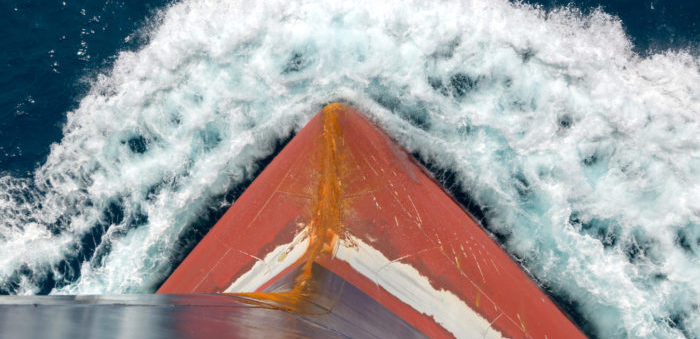As collisions and groundings in narrow passages, such as rivers, do not seem to decrease either in frequency or magnitude, the UK Club shared practical advice to both seafarers and shore side personnel, in order to prevent such incidents.
Situational awareness is of prime importance, the Club notes, as it helps to dispel any doubts and encourages correct decision-making before the advent of danger. All means must be used to achieve this: good and appropriate lookout, the exact position of the ship to be known constantly and to be able to accurately predict the progress of the ship. In addition, when sailing in limited waters, the following must especially be taken into account, depending on the circumstances:
1. Passage Planning: Passage planning must be meticulous and comprehensive. It must not be deviated from (except when necessary), and all parameters must be considered, including UKC, air draft, tide, currents, weather conditions, speed, and the peculiarities of the place. The Bridge Team’s tasks must be clearly described and contain actions to be taken in case of an emergency.
It would be sensible for engineers (especially the Chief Engineer) to participate during the discussion of the Passage Plan, before arrival and departure at least. There should also be a contingency plan which should be included within the passage plan.
2. Safe speed: It does not matter if the speed of the ship is high or low: it must be enough – or correct – for the particular leg of the voyage.
Consideration should be given to the concentration of other ships in the area, the weather and currents, and to what extent the ship’s manoeuvrability is affected. The ship’s Master must also keep in mind the famous bank effect and vessels’ interaction.
3. Master and Pilot exchange: This should not be taken as just another checklist to be completed. The pilot must understand the passage plan. They should understand the characteristics of the ship as well as possible as an equal member of the Bridge Team.
If the pilot appears to be making wrong decisions, then they should be corrected. They must, together with the Master, discuss and devise a strategy on how they should react in the possibility that something goes wrong. Nevertheless, the Master is always and ultimately responsible!
4. Lookout: The crew member in charge of this task must do just that and pay close attention to what is going on outside, keeping the Captain perpetually aware of any nearby ships and obstacles.
However, it is the duty of the whole Bridge Team to perform proper lookout.


































































